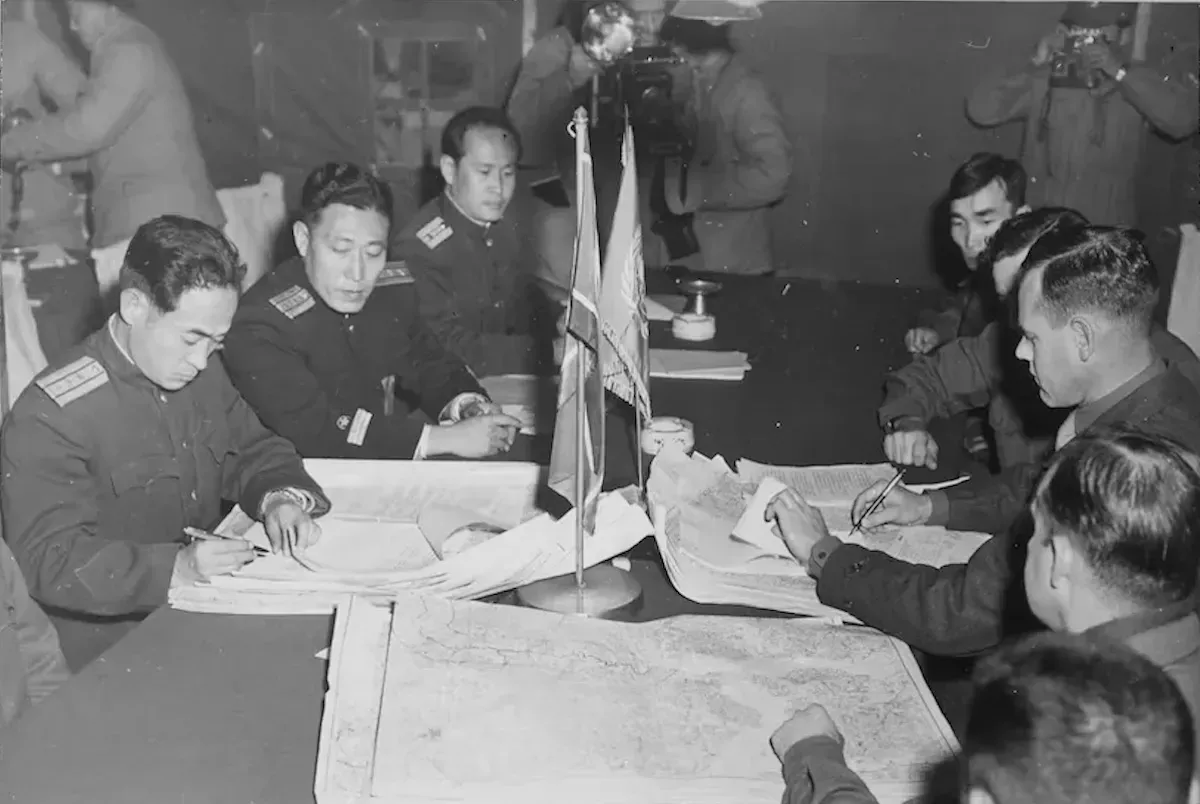WSJ: Trump aims to end Ukraine conflict in 100 days
US President Donald Trump has set an ambitious goal for his special envoy to Ukraine, Keith Kellogg, aiming to bring the ongoing conflict in Ukraine to a resolution within 100 days, Caliber.Az reports referring to the article by The Wall Street Journal (WSJ).
However, sources and experts suggest that striking a deal with Russian President Vladimir Putin is likely to be more difficult than the US leader initially portrayed during his election campaign, where he claimed he could end the conflict swiftly once in office.
The WSJ reports that President Trump intends to personally oversee the course of the negotiation process, aiming for direct involvement in the talks. Sources close to Kellogg, however, point out that he is seen as heavily influenced by Trump’s stance, with little independence in his diplomatic role. This has raised concerns that Kellogg may not play a meaningful part in the negotiations, and that he will likely not participate in direct talks between the US and Russia, limiting the scope of US engagement in the peace process.
One possible US proposal is to offer Russia a truce along the lines of the 1953 Korean War armistice agreement, which saw the suspension of hostilities, withdrawal of military forces, and the establishment of a demilitarized zone. But such a scenario would likely not align with Russia's objectives, which go far beyond a simple ceasefire.
According to Stephen Brien, a former assistant deputy Pentagon chief, Russia’s military aims are not just about ending the fighting but about securing long-term geopolitical outcomes. "Russia's demands include recognition of annexed territories, Ukraine’s demilitarization, and a guarantee that Ukraine will never join NATO," Brien writes in his analysis for Asia Times. "While a truce is possible, any agreement will hinge on addressing these broader issues, which remain unresolved."

These territorial and military concerns make the prospect of a quick truce difficult. Brien suggests that while a ceasefire could be achieved temporarily, Russia seeks more substantial concessions, including a formal agreement with both the US and NATO that would secure its strategic objectives in Ukraine.
The Biden administration has floated the idea of a long-term pause in the conflict, possibly lasting 10 to 20 years, which could allow Ukraine to rebuild its military and economy. However, this idea has failed to gain traction with Russia, which is unlikely to accept any agreement that allows Ukraine to recover and rearm during such a protracted period.
With the conflict in Ukraine showing no signs of abating, President Trump has several options at his disposal. While there is speculation he could increase US military aid to Ukraine to extend the conflict, Trump’s ultimate goal appears to be negotiating a deal with Russia. He may consider offering sanctions relief to Moscow or pursuing a rapprochement with NATO to incentivize Russian cooperation.
The situation in Ukraine remains dire, with Ukrainian forces suffering heavy losses, particularly in the eastern and southern regions, and morale suffering as casualties mount. Ukraine’s military is struggling to maintain its defensive capabilities, exacerbated by shortages of manpower and resources, and facing significant popular resistance to the draft.
Despite these challenges, President Trump remains determined to pursue dialogue with Russia. In the coming days, he plans to speak directly with Russian President Vladimir Putin, marking the beginning of what could be a pivotal phase in US-Russia relations. As tensions continue to mount, the future of Ukraine’s sovereignty and territorial integrity hangs in the balance, with Russia demanding far-reaching guarantees that could reshape the geopolitical landscape of Eastern Europe.
By Tamilla Hasanova








